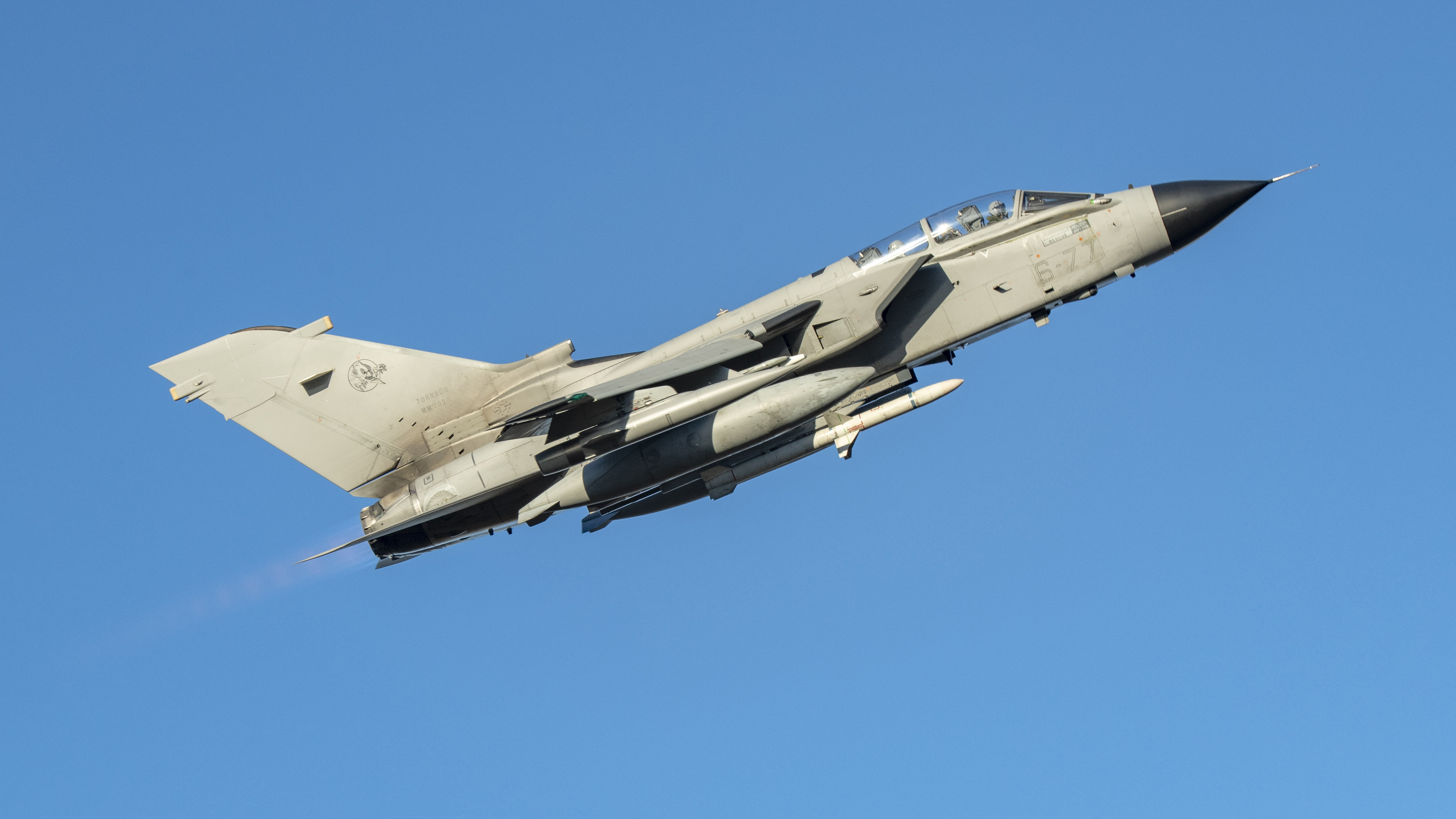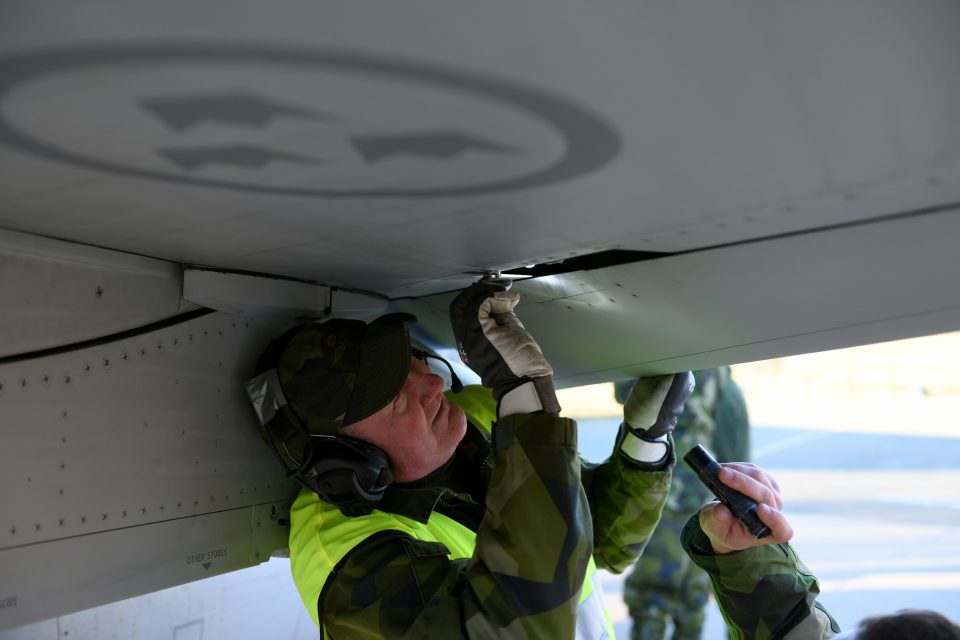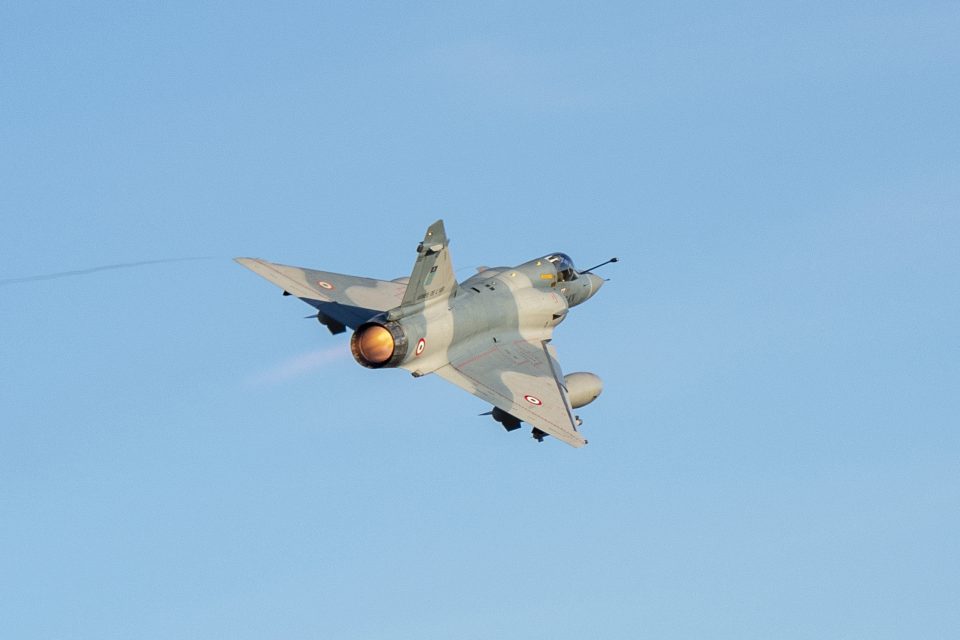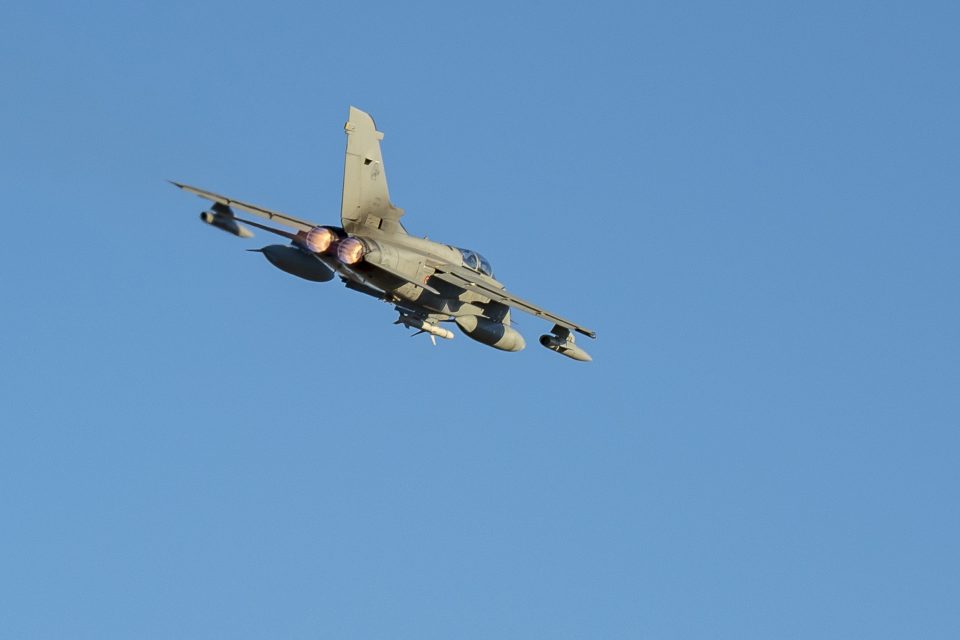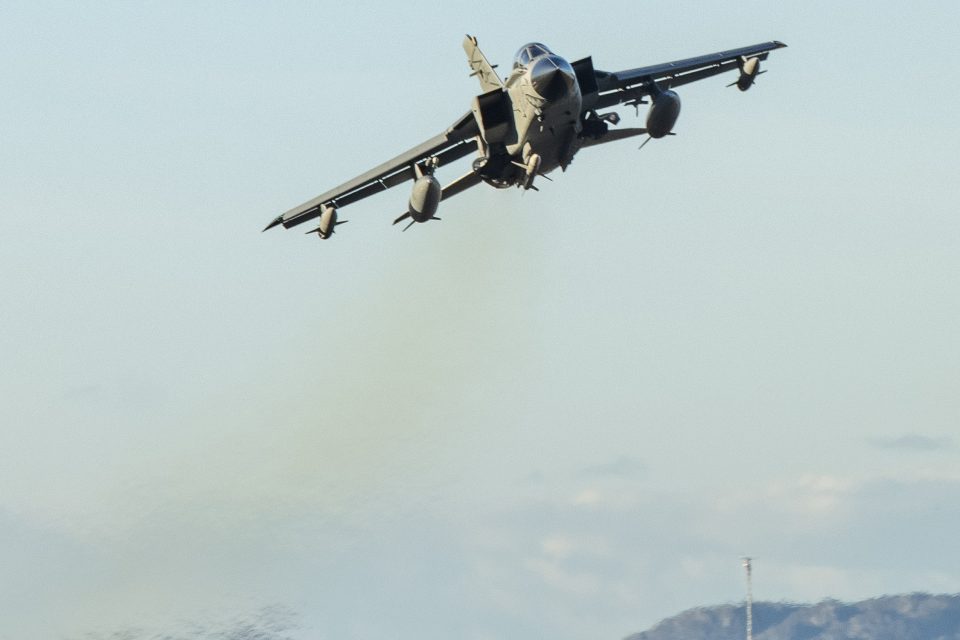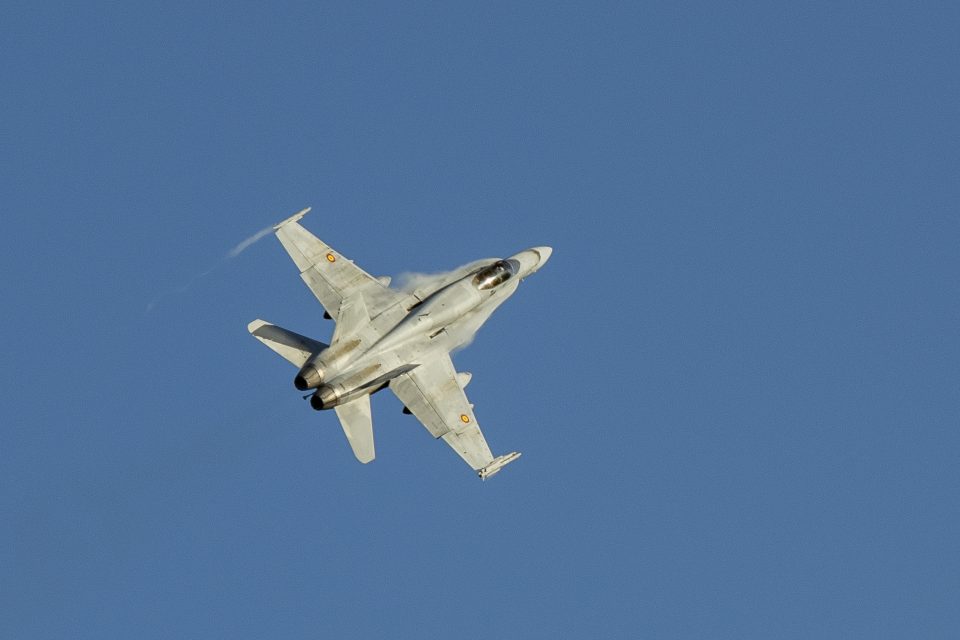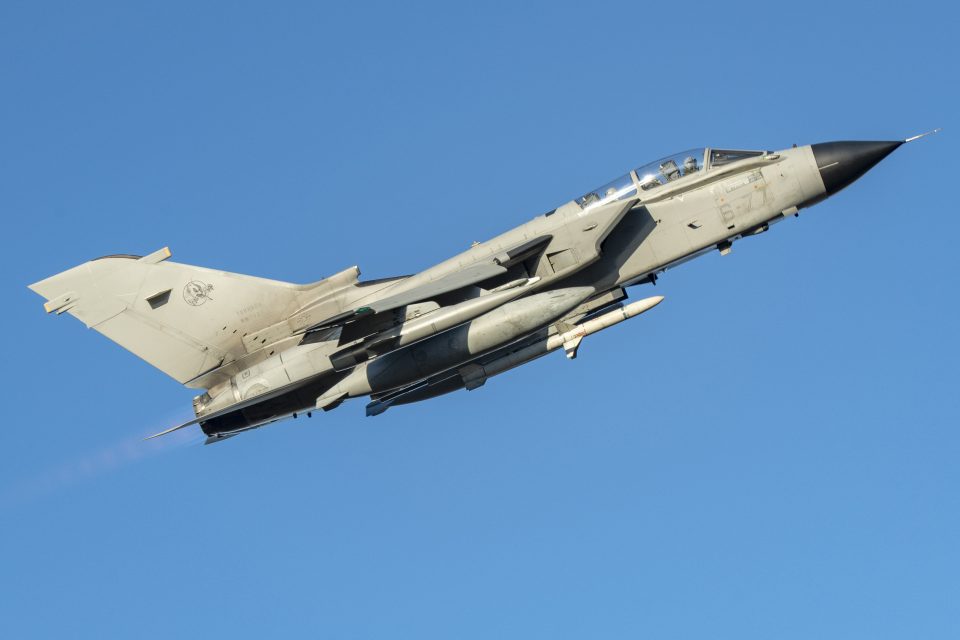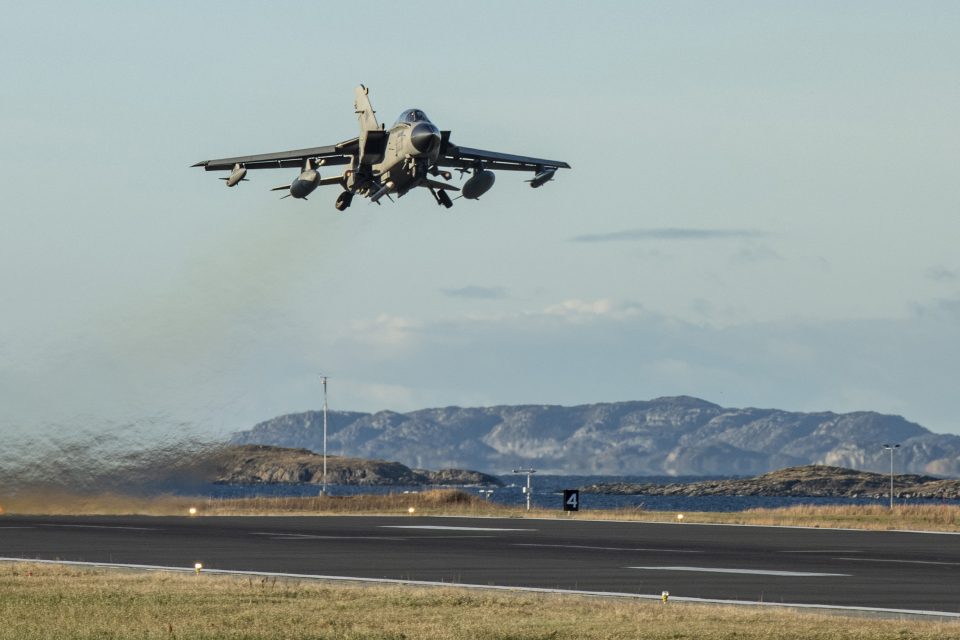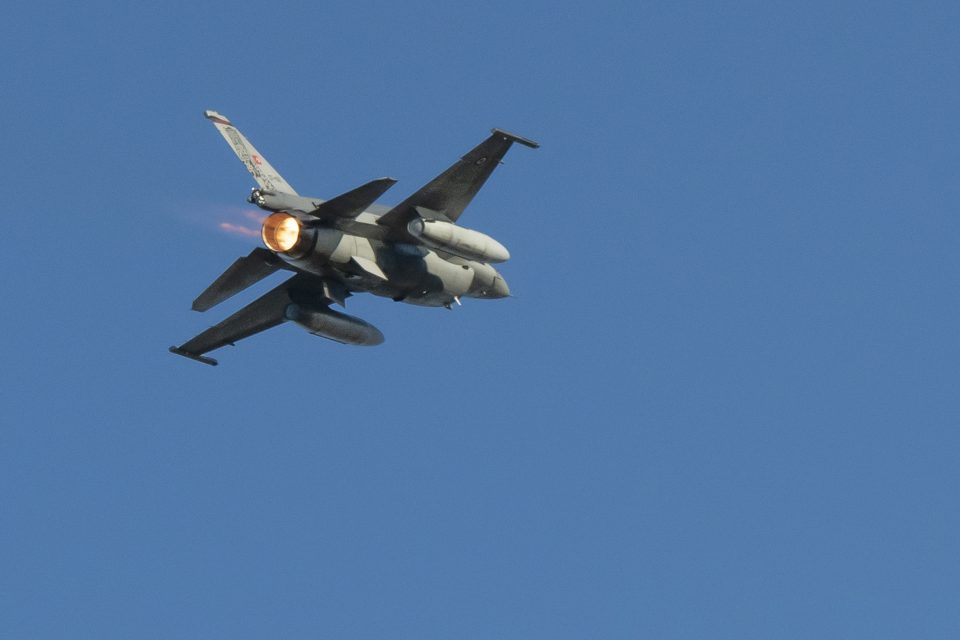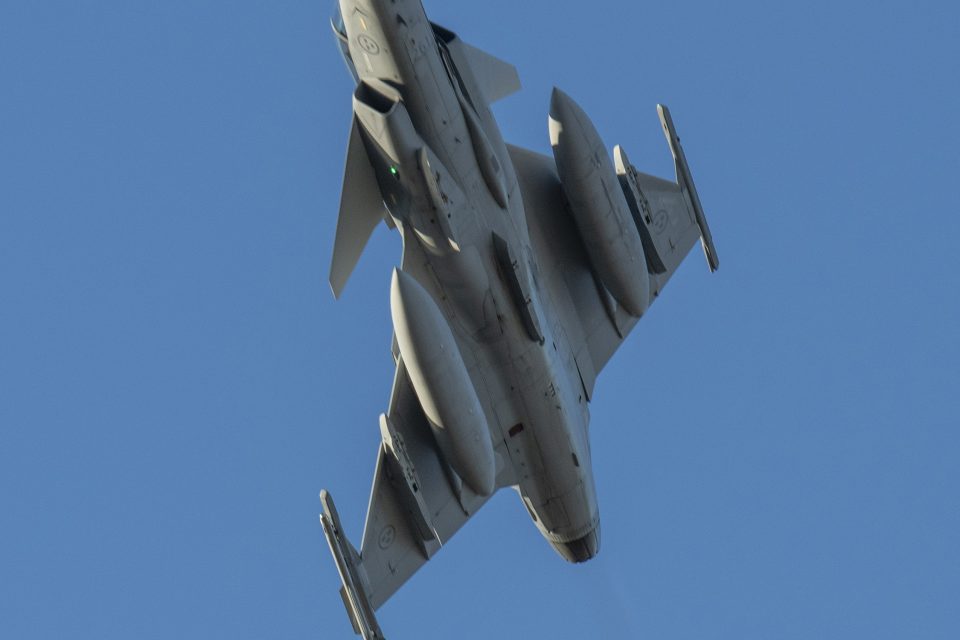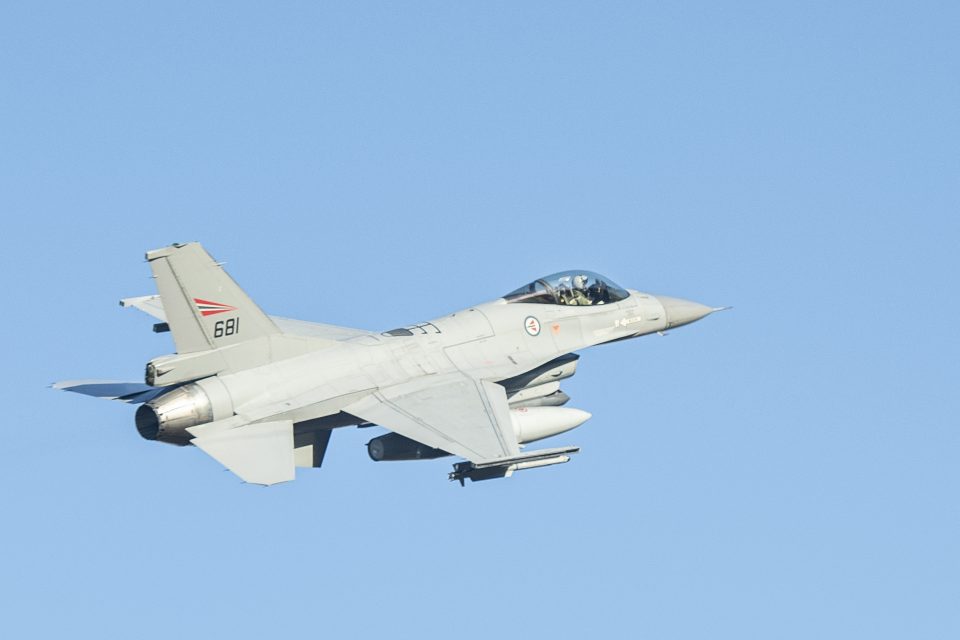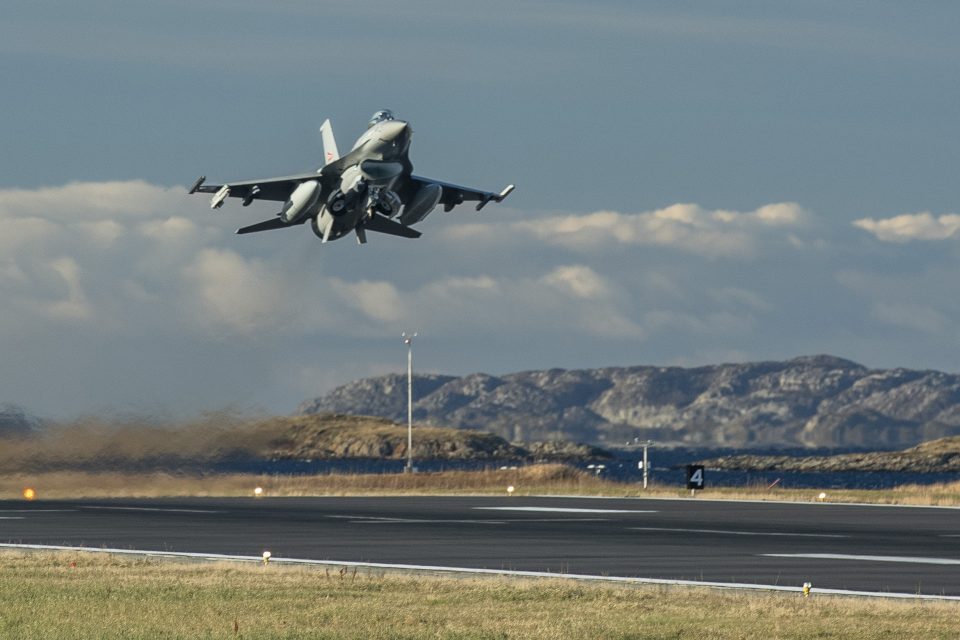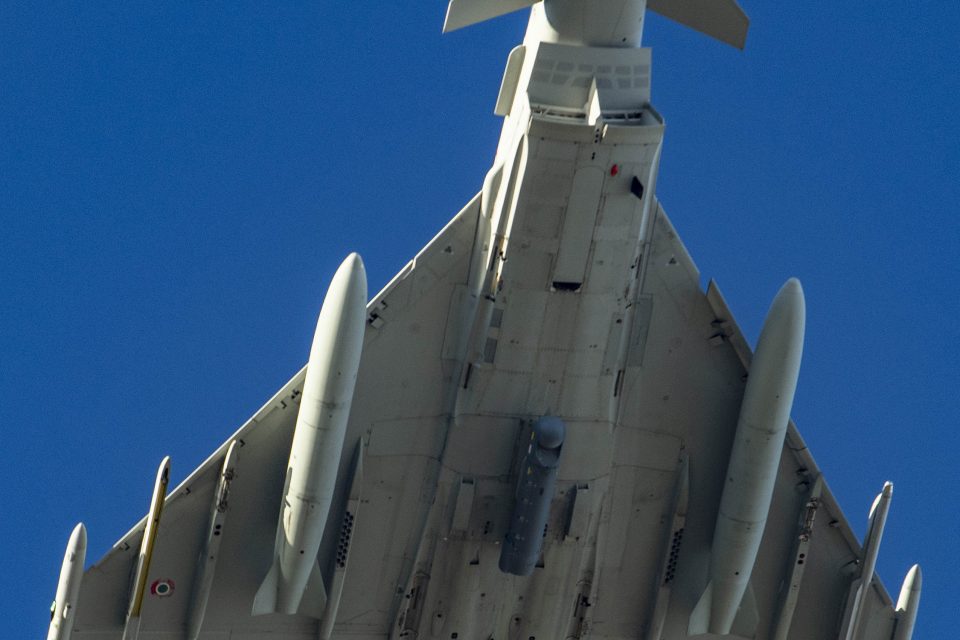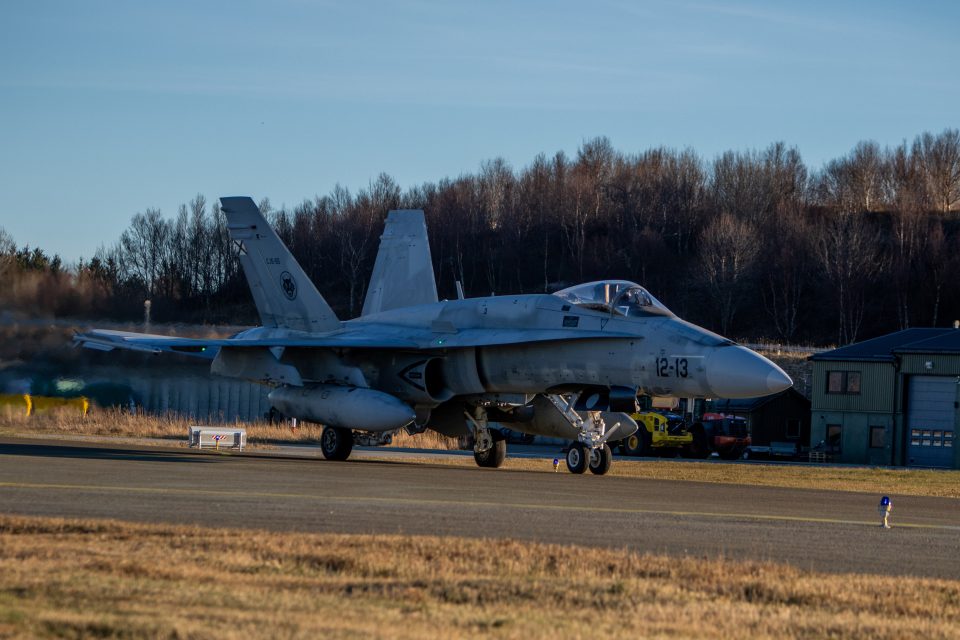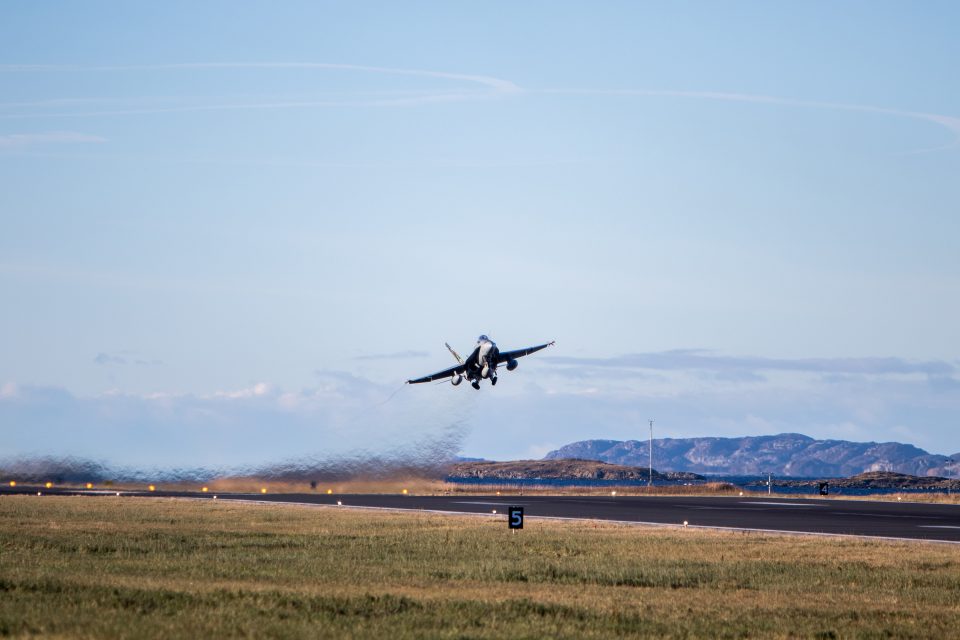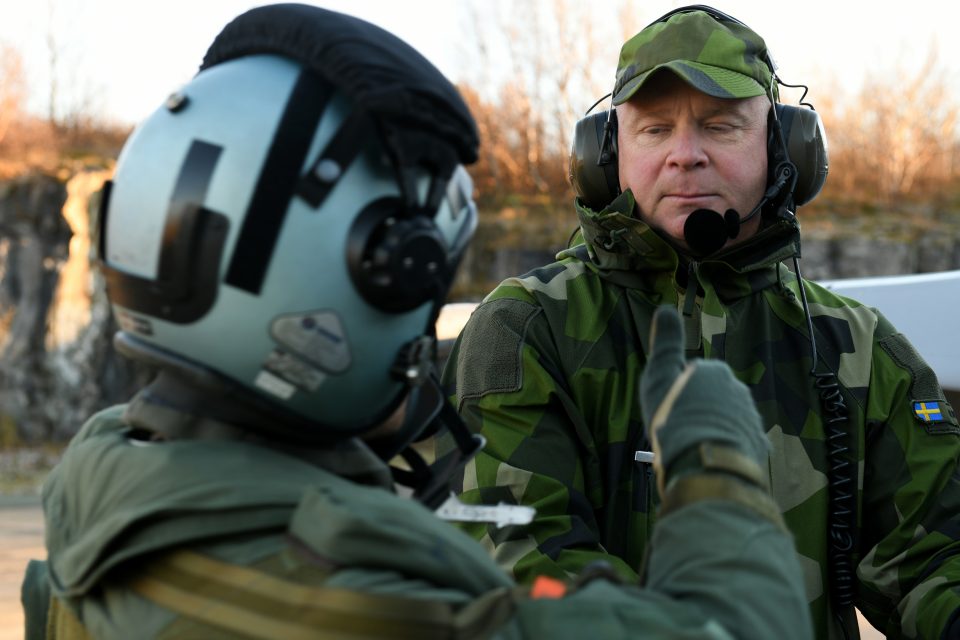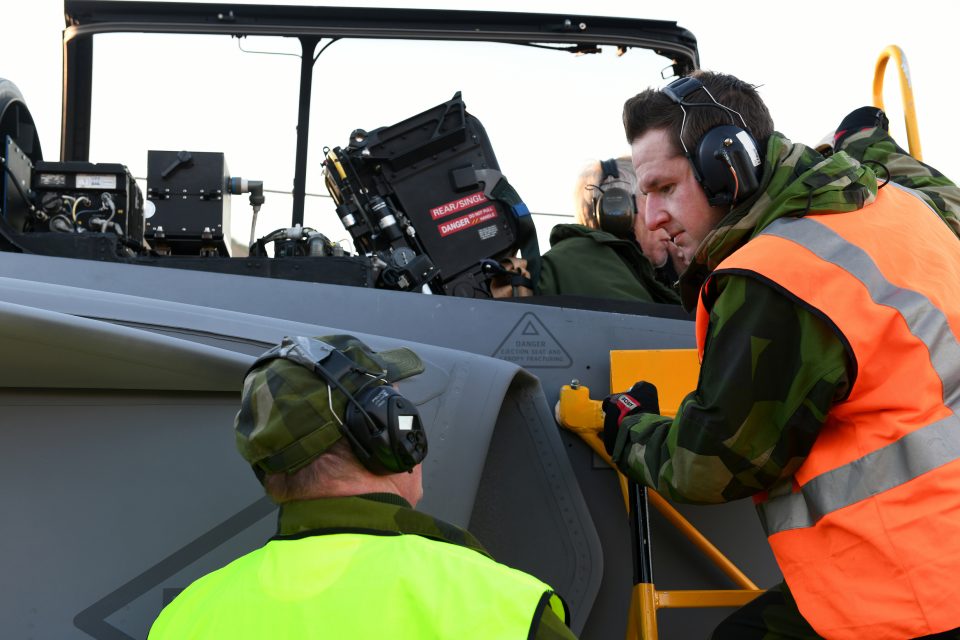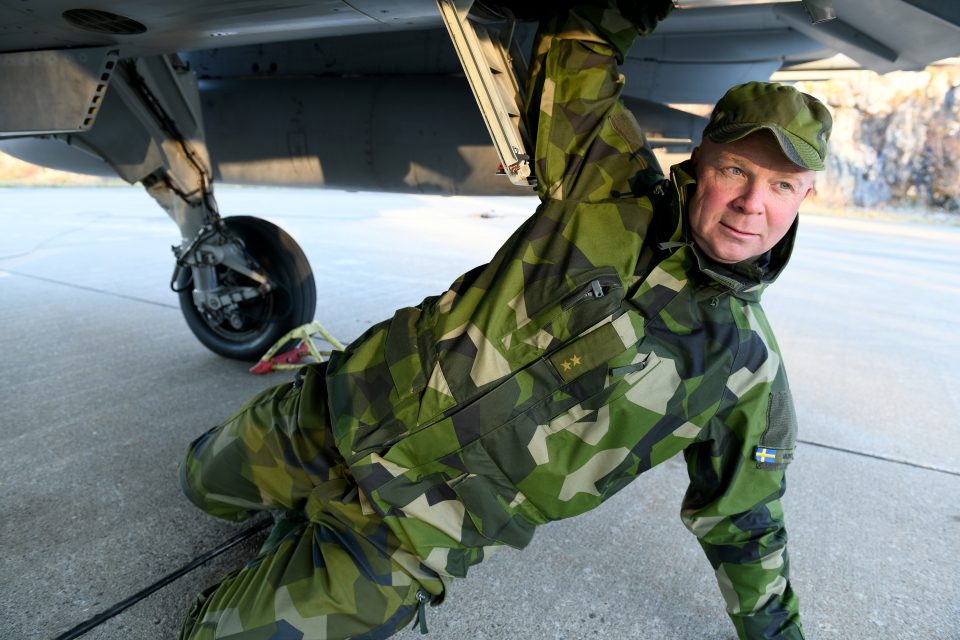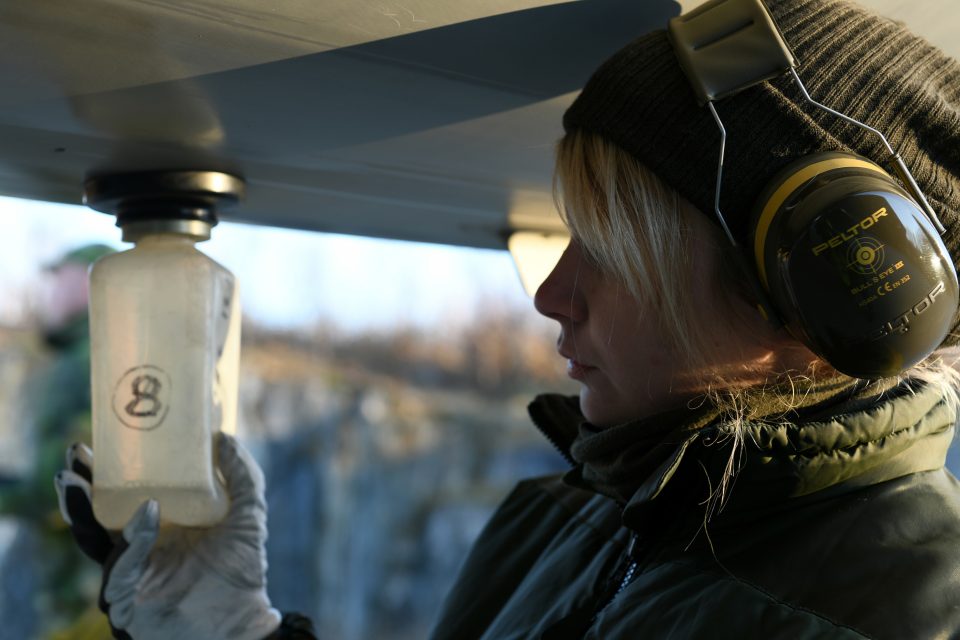We have recently published two new Special Reports on airpower modernization.
The first has focused on the Danes and their approach to airpower modernization, first with regard to their F-16s and then with regard to preparing for the F-35 transition.
The second highlights several presentations and the discussion at the International Fighter Conference 2018 recently held in Berlin.
Danish Airpower Modernization
In effect, the Danes like the other Nordics, are having to focus on direct defense as their core national mission, within an alliance context.
This will mean as well a shift common to other alliance members from a focus on out of area operations, such as in Afghanistan, back to the core challenge, namely, the defense of the homeland.
The Danes are raising their investment in defense and there is growing public support in Denmark for such a course of action.
Russian actions starting in Georgia in 2008 and then in the Crimea in 2014 have created a significant environment of uncertainty for European nations, one in which the refocus on direct defense is required.
Denmark is not only earmarking new funds for defense, but buying new capabilities as well, such as the F-35.
And they are reworking their national command systems as well as working with Nordic allies and other NATO partners on more effective ways to operate to augment defensive force capabilities in a crisis.
It was very clear from the day’s discussions that the return of direct defense is not really about a return to the Cold War and the Soviet-Western conflict.
Direct defense has changed as the tools available to the Russians have changed, notably with an ability to leverage cyber tools to leverage Western digital society to be able to achieve military and political objectives with means other than direct use of lethal force.
This is why the West needs to shape new approaches and evolve thinking about crisis management in the digital age.`
This report looks at recent interviews with the Royal Danish Air Force as well as the discussions at a recent Copenhagen conference on Northern European Defense.
The Return of Direct Defense and Danish Airpower Modernization
The International Fighter Conference 2018
This year’s International Fighter Conference held in Berlin provided a chance for the participants and the attendees to focus on the role of fighters in what we have been calling the strategic shift, namely, the shift from the land wars to operating in higher intensity operations against peer competitors.
It is clear that combat capabilities and operations are being re-crafted across the board with fighters at the center of that shift, and their evolution, of course, being affected as well as roles and operational contexts change.
The baseline assumption for the conference can be simply put: air superiority can no longer be assumed in operations but needs to be created in contested environments.
It is clear that competitors like China and Russia have put and are putting significant effort into shaping concepts of operations and force structure modernization which will allow them to contest the ability of the liberal democracies to establish air superiority and to dominate future crises.
There was a clear consensus on this point, but, of course, working the specifics of how one would defeat such an adversary in an air campaign gets at broader and more specific force design and concepts of operations.
The conference worked from the common assumption rather than focusing on specific options.
But the way ahead was as contested in the presentations and discussions as any considerations for operations in contested airspace.
For a look at some of the arguments and presentations, see the report below.
The report also includes Pierre Tran’s overview on how FCAS is being approached from Paris.
The slideshow highlights Allied airpower operating at the Trident Juncture 2018 exercise in Norway earlier this year.


